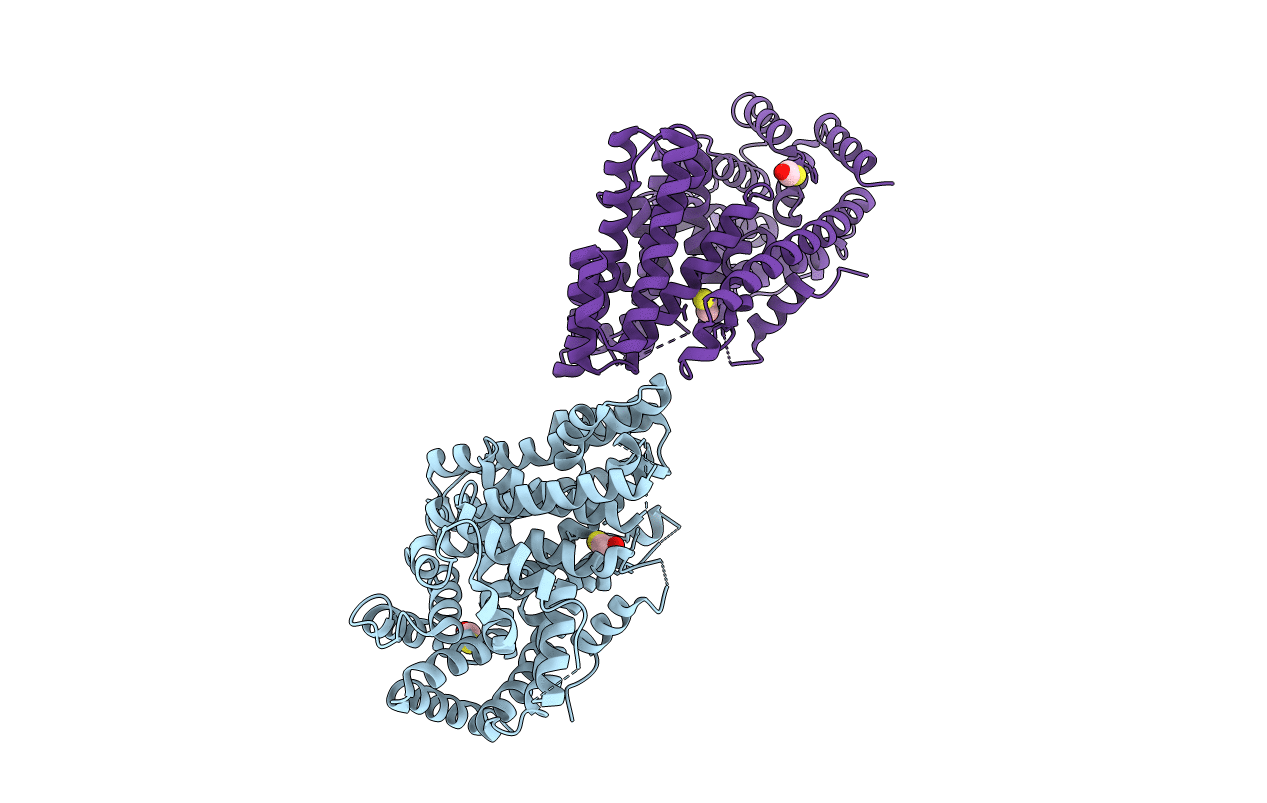
Deposition Date
2006-09-14
Release Date
2007-06-26
Last Version Date
2023-12-13
Entry Detail
PDB ID:
2J5C
Keywords:
Title:
Rational conversion of substrate and product specificity in a monoterpene synthase. Structural insights into the molecular basis of rapid evolution.
Biological Source:
Source Organism:
SALVIA FRUTICOSA (Taxon ID: 268906)
Host Organism:
Method Details:
Experimental Method:
Resolution:
1.95 Å
R-Value Free:
0.23
R-Value Work:
0.21
R-Value Observed:
0.21
Space Group:
C 2 2 21


